DL-赖氨酸,DL-Lysine,99.9%
产品编号:西域试剂-WR359122| CAS NO:70-54-2| MDL NO:MFCD00064432| 分子式:C6H14N2O2| 分子量:146.19
DL-Lysine 是 D-Lysine 和 L-Lysine 的外消旋混合物。Lysine 是一种 α-氨基酸,可用于蛋白的生物合成。
本网站销售的所有产品仅用于工业应用或者科学研究等非医疗目的,不可用于人类或动物的临床诊断或者治疗,非药用,非食用,
| 产品名称 | DL-赖氨酸 | ||||||||||||||||
|---|---|---|---|---|---|---|---|---|---|---|---|---|---|---|---|---|---|
| 英文名称 | DL-Lysine | ||||||||||||||||
| CAS编号 | 70-54-2 | ||||||||||||||||
| 产品描述 | DL-Lysine 是 D-Lysine 和 L-Lysine 的外消旋混合物。Lysine 是一种 α-氨基酸,可用于蛋白的生物合成。 | ||||||||||||||||
| 产品熔点 | 170ºC (dec.) | ||||||||||||||||
| 产品沸点 | 311.5±32.0 °C at 760 mmHg | ||||||||||||||||
| 产品密度 | 1.1±0.1 g/cm3 | ||||||||||||||||
| 产品闪点 | 142.2±25.1 °C | ||||||||||||||||
| 精确质量 | 146.105530 | ||||||||||||||||
| PSA | 89.34000 | ||||||||||||||||
| LogP | -1.04 | ||||||||||||||||
| 外观性状 | Solid | ||||||||||||||||
| 蒸气压 | 0.0±1.4 mmHg at 25°C | ||||||||||||||||
| 折射率 | 1.503 | ||||||||||||||||
| 溶解性 | Soluble in H2O | ||||||||||||||||
| 溶解性数据 | In Vitro:
H2O : 100 mg/mL (684.04 mM; Need ultrasonic) DMSO : 1 mg/mL (6.84 mM; ultrasonic and warming and heat to 80°C) 配制储备液
*
请根据产品在不同溶剂中的溶解度选择合适的溶剂配制储备液;一旦配成溶液,请分装保存,避免反复冻融造成的产品失效。 In Vivo:
请根据您的实验动物和给药方式选择适当的溶解方案。以下溶解方案都请先按照 In Vitro 方式配制澄清的储备液,再依次添加助溶剂:
——为保证实验结果的可靠性,澄清的储备液可以根据储存条件,适当保存;体内实验的工作液,建议您现用现配,当天使用;
以下溶剂前显示的百
*以上所有助溶剂都可在西域网站选购。
| ||||||||||||||||
| 靶点 |
Km: 100-400 μM (amino acid transporter b0,+) | ||||||||||||||||
| 体外研究 | DL-赖氨酸(Lys)是氨基酸转运蛋白b0的高亲和力碱性氨基酸底物,其Km值范围为100-400μM。 | ||||||||||||||||
| 储存条件 | 本品应密封阴凉干燥保存。 |
相关文档
化学品安全说明书(MSDS)
下载MSDS质检证书(COA)
相关产品
| 个人防护装备 | Eyeshields;Gloves;type N95 (US);type P1 (EN143) respirator filter |
|---|---|
| 危害码 (欧洲) | T+:Very toxic |
| 安全声明 (欧洲) | S1-S28-S45 |
| 危险品运输编码 | NONH for all modes of transport |
| WGK德国 | 3 |
| 海关编码 | 2922411000 |
Synonym:None known Section 2 - COMPOSITION, INFORMATION ON INGREDIENTS
Risk Phrases: None Listed. Section 3 - HAZARDS IDENTIFICATION EMERGENCY OVERVIEW
The toxicological properties of this material have not been fully investigated. Potential Health Effects Eye: May cause eye irritation. Skin: May cause skin irritation. Ingestion: May cause irritation of the digestive tract. The toxicological properties of this substance have not been fully investigated. Inhalation: May cause respiratory tract irritation. The toxicological properties of this substance have not been fully investigated. Chronic: No information found. Section 4 - FIRST AID MEASURES Eyes: Flush eyes with plenty of water for at least 15 minutes, occasionally lifting the upper and lower eyelids. Get medical aid. Skin: Get medical aid. Flush skin with plenty of water for at least 15 minutes while removing contaminated clothing and shoes. Wash clothing before reuse. Ingestion: Never give anything by mouth to an unconscious person. Get medical aid. Do NOT induce vomiting. If conscious and alert, rinse mouth and drink 2-4 cupfuls of milk or water. Inhalation: Remove from exposure and move to fresh air immediately. If not breathing, give artificial respiration. If breathing is difficult, give oxygen. Get medical aid. Notes to Physician: Section 5 - FIRE FIGHTING MEASURES General Information: As in any fire, wear a self-contained breathing apparatus in pressure-demand, MSHA/NIOSH (approved or equivalent), and full protective gear. During a fire, irritating and highly toxic gases may be generated by thermal decomposition or combustion. Non-combustible, substance itself does not burn but may decompose upon heating to produce irritating, corrosive and/or toxic fumes. Extinguishing Media: Substance is noncombustible; use agent most appropriate to extinguish surrounding fire. Use water spray, dry chemical, carbon dioxide, or appropriate foam. Section 6 - ACCIDENTAL RELEASE MEASURES General Information: Use proper personal protective equipment as indicated in Section 8. Spills/Leaks: Vacuum or sweep up material and place into a suitable disposal container. Clean up spills immediately, observing precautions in the Protective Equipment section. Avoid generating dusty conditions. Provide ventilation. Section 7 - HANDLING and STORAGE Handling: Wash thoroughly after handling. Use with adequate ventilation. Minimize dust generation and accumulation. Avoid contact with eyes, skin, and clothing. Keep container tightly closed. Storage: Store in a tightly closed container. Store in a cool, dry, well-ventilated area away from incompatible substances. Section 8 - EXPOSURE CONTROLS, PERSONAL PROTECTION Engineering Controls: Facilities storing or utilizing this material should be equipped with an eyewash facility and a safety shower. Use adequate ventilation to keep airborne concentrations low. Exposure Limits CAS# 70-54-2: Personal Protective Equipment Eyes: Wear appropriate protective eyeglasses or chemical safety goggles as described by OSHA's eye and face protection regulations in 29 CFR 1910.133 or European Standard EN166. Skin: Wear appropriate protective gloves to prevent skin exposure. Clothing: Wear appropriate protective clothing to prevent skin exposure. Respirators: A respiratory protection program that meets OSHA's 29 CFR 1910.134 and ANSI Z88.2 requirements or European Standard EN 149 must be followed whenever workplace conditions warrant respirator use. Section 9 - PHYSICAL AND CHEMICAL PROPERTIES Physical State: Solid Color: white Odor: none reported pH: Not available. Vapor Pressure: Not available. Viscosity: Not available. Boiling Point: Not available. Freezing/Melting Point: 170 deg C Autoignition Temperature: Not applicable. Flash Point: Not applicable. Explosion Limits, lower: Not available. Explosion Limits, upper: Not available. Decomposition Temperature: > 170 deg C Solubility in water: Specific Gravity/Density: Molecular Formula: C6H14N2O2 Molecular Weight: 146.19 Section 10 - STABILITY AND REACTIVITY Chemical Stability: Stable under normal temperatures and pressures. Conditions to Avoid: Incompatible materials, dust generation, excess heat. Incompatibilities with Other Materials: Oxidizing agents. Hazardous Decomposition Products: Nitrogen oxides, carbon monoxide, irritating and toxic fumes and gases, carbon dioxide. Hazardous Polymerization: Has not been reported Section 11 - TOXICOLOGICAL INFORMATION RTECS#: CAS# 70-54-2 unlisted. LD50/LC50: Not available. Carcinogenicity: DL-Lysine - Not listed by ACGIH, IARC, or NTP. Section 12 - ECOLOGICAL INFORMATION Section 13 - DISPOSAL CONSIDERATIONS Dispose of in a manner consistent with federal, state, and local regulations. Section 14 - TRANSPORT INFORMATION IATA Not regulated as a hazardous material. IMO Not regulated as a hazardous material. RID/ADR Shipping Name: Not regulated. Hazard Class: UN Number: Packing group: Section 15 - REGULATORY INFORMATION European/International Regulations European Labeling in Accordance with EC Directives Hazard Symbols: Not available. Risk Phrases: Safety Phrases: S 24/25 Avoid contact with skin and eyes. S 28A After contact with skin, wash immediately with plenty of water. S 37 Wear suitable gloves. S 45 In case of accident or if you feel unwell, seek medical advice immediately (show the label where possible). WGK (Water Danger/Protection) CAS# 70-54-2: 0 Canada None of the chemicals in this product are listed on the DSL/NDSL list. CAS# 70-54-2 is not listed on Canada's Ingredient Disclosure List. US FEDERAL TSCA CAS# 70-54-2 is not listed on the TSCA inventory. It is for research and development use only. SECTION 16 - ADDITIONAL INFORMATION N/A |
| 上游产品 10 | |
|---|---|
| 下游产品 10 | |
- 1. 王健,孙瑜,陈莉莉,韩真真,孙精通.基于~1H-NMR代谢组学技术评价何首乌炮制品中差异代谢物的研究[J].现代药物与临床,2020,35(08):1537-1543.

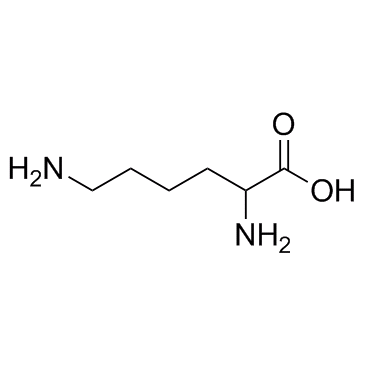
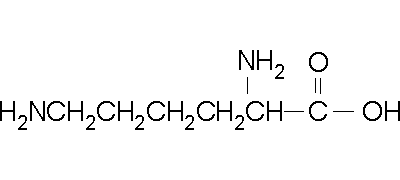
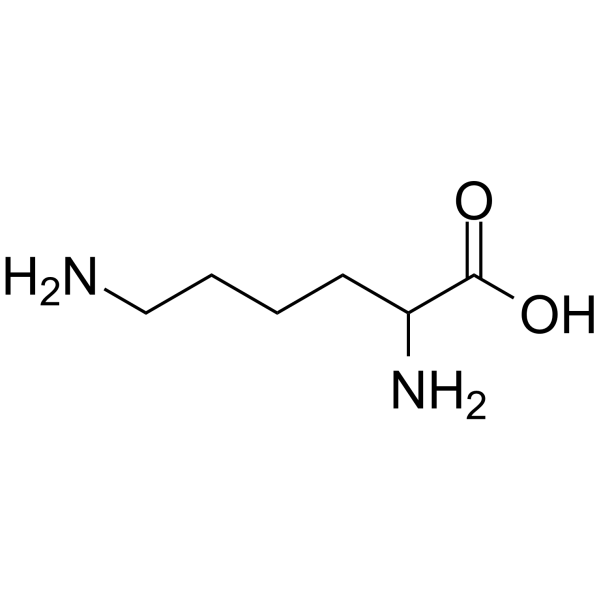
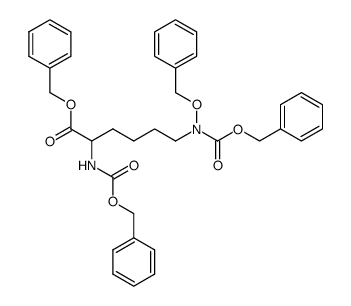
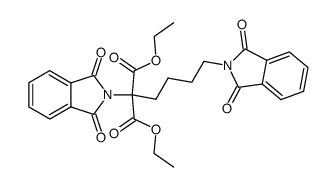
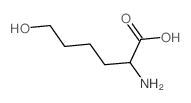
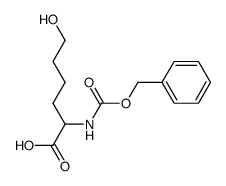

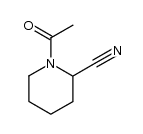
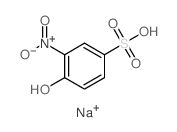
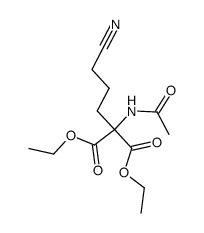
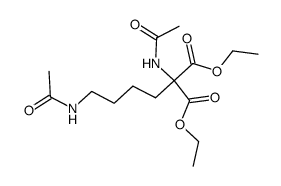
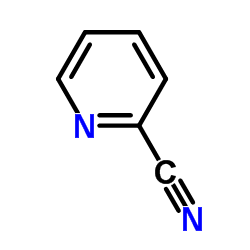
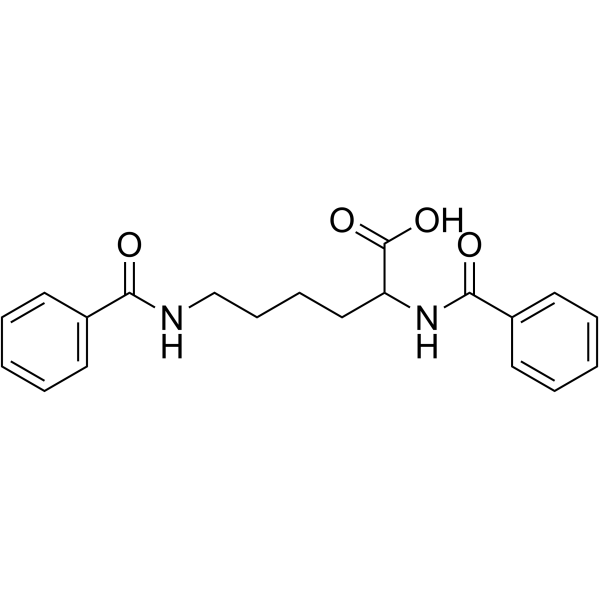

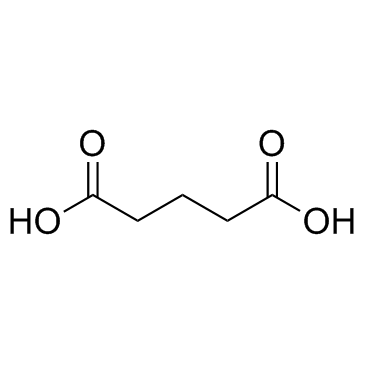
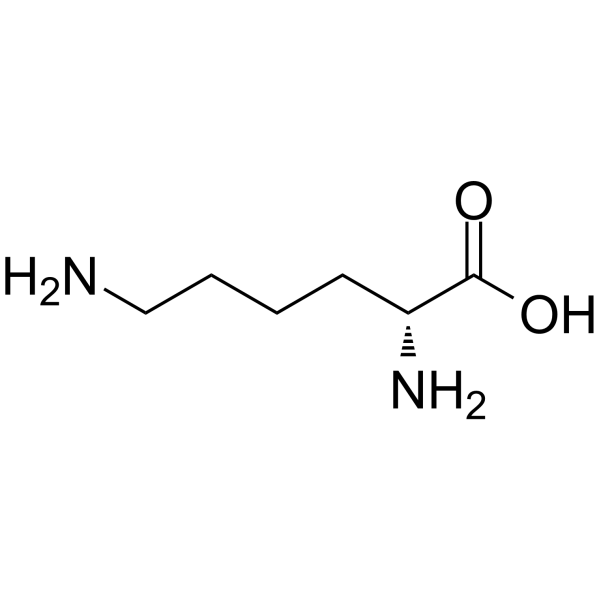
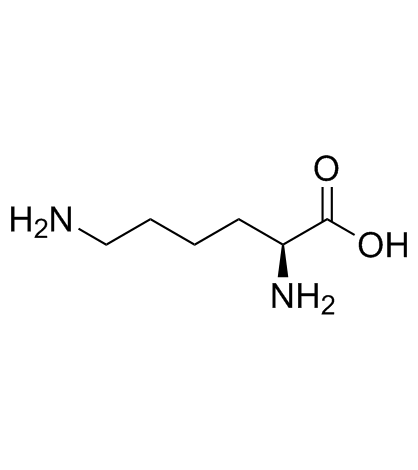
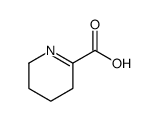


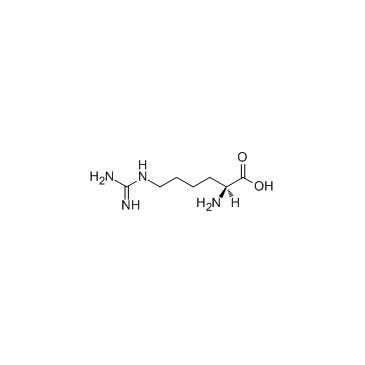
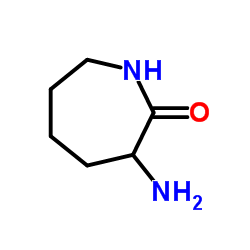





 浙公网安备 33010802013016号
浙公网安备 33010802013016号